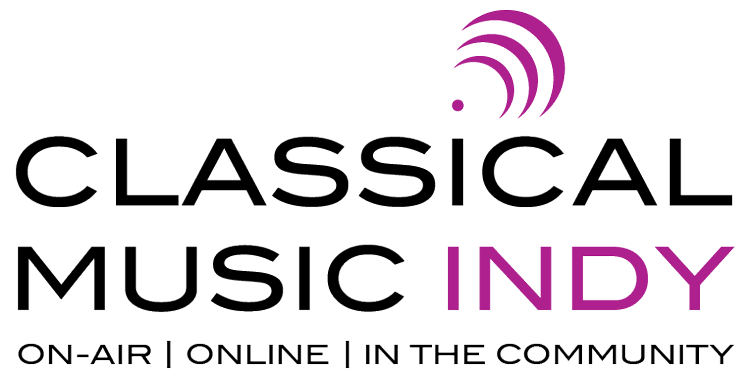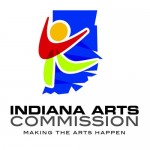Orchestra musicians are often stuck in a rut when it comes to style of performances and venue. We spoke with James Ross, Director of Orchestral Activities and Professor of Conducting at the University of Maryland, about how his university is trying to change their approach to performing. Read below to learn about some of the innovations they are implementing at the University of Maryland.
Musical Innovation at the University of Maryland
 Orchestral players are among the most vastly underused and underestimated creative artists on the planet. They have gained a rich mastery of their instruments, a flexibility of styles, and above all have honed their personal musical identities to an insanely high degree. But once they arrive in an excellent orchestra, the scope of their artistic growth and the variety of challenges placed before them often seems to stagnate. The best way that I have conceived to promote a new kind of audience engagement for orchestral concerts is simply by focusing on asking the musicians onstage to continue to grow: to find and embrace enhanced ways of expressing themselves in orchestral contexts beyond simply sitting in a chair, following a conductor, and playing their part well.
Orchestral players are among the most vastly underused and underestimated creative artists on the planet. They have gained a rich mastery of their instruments, a flexibility of styles, and above all have honed their personal musical identities to an insanely high degree. But once they arrive in an excellent orchestra, the scope of their artistic growth and the variety of challenges placed before them often seems to stagnate. The best way that I have conceived to promote a new kind of audience engagement for orchestral concerts is simply by focusing on asking the musicians onstage to continue to grow: to find and embrace enhanced ways of expressing themselves in orchestral contexts beyond simply sitting in a chair, following a conductor, and playing their part well.
Our March 2013, presentation of Britten’s Les Illuminations was co-created with designer/director Doug Fitch, projection designer Tim McLoraine, and tenor Gran Wilson in a performance that was re-mounted for visual recording in August 2013, at the Clarice Smith Performing Arts Center. Out of our mutual love for Britten’s prismatic song cycle based on Rimbaud poetry, and over breakfast on Cape Cod, Doug envisioned a “magic box” onstage situated behind the orchestra — a tall world of composite, surreal images which would constitute the tenor’s/poet’s mental space. Projection designer Tim McLoraine took this concept and created individual and intricate visual habitats for each of the songs. The string orchestra was placed in rigid lines onstage and played straight forward. We remounted the visual aspect of the production for video recording using the edited soundtrack from the March concert. Tim McLoraine’s description of the production can be found here: http://www.timmcloraine.com/#!les-illuminations/c3w6
We are also providing students and audiences innovation through our Music and Movement collaborations with MacArthur award-winning choreographer Liz Lerman. After collaborating off and on over the last decade, two performance events from 2012 (Debussy Prelude to the Afternoon of a Faune) and 2014 (Copland Appalachian Spring) came to fruition that were among the creative highlights of my life and provided superstar moments for our students at the University of Maryland. In these performances, our musicians were asked to 1) play without chairs, music stands, or conductor; 2) perform by memory; and 3) embody the narrative of the piece through movement while they were performing.
Finally at the University of Maryland have entered a whole area of exploration that we refer to as “New Lights,” that asks questions like: What is a concert that people should want to come to? How can we enhance the impact of the music we play? What forms might concerts take 50 years from now? What is good music of any genre — and why does music of different genres so rarely appear together on concerts? Beyond playing the notes well, we ask our young musicians to help build the kind of musical life they would want to inhabit.
James Ross is the Director of Orchestral Activities and Professor of Conducting at the University of Maryland.







Leave a Reply